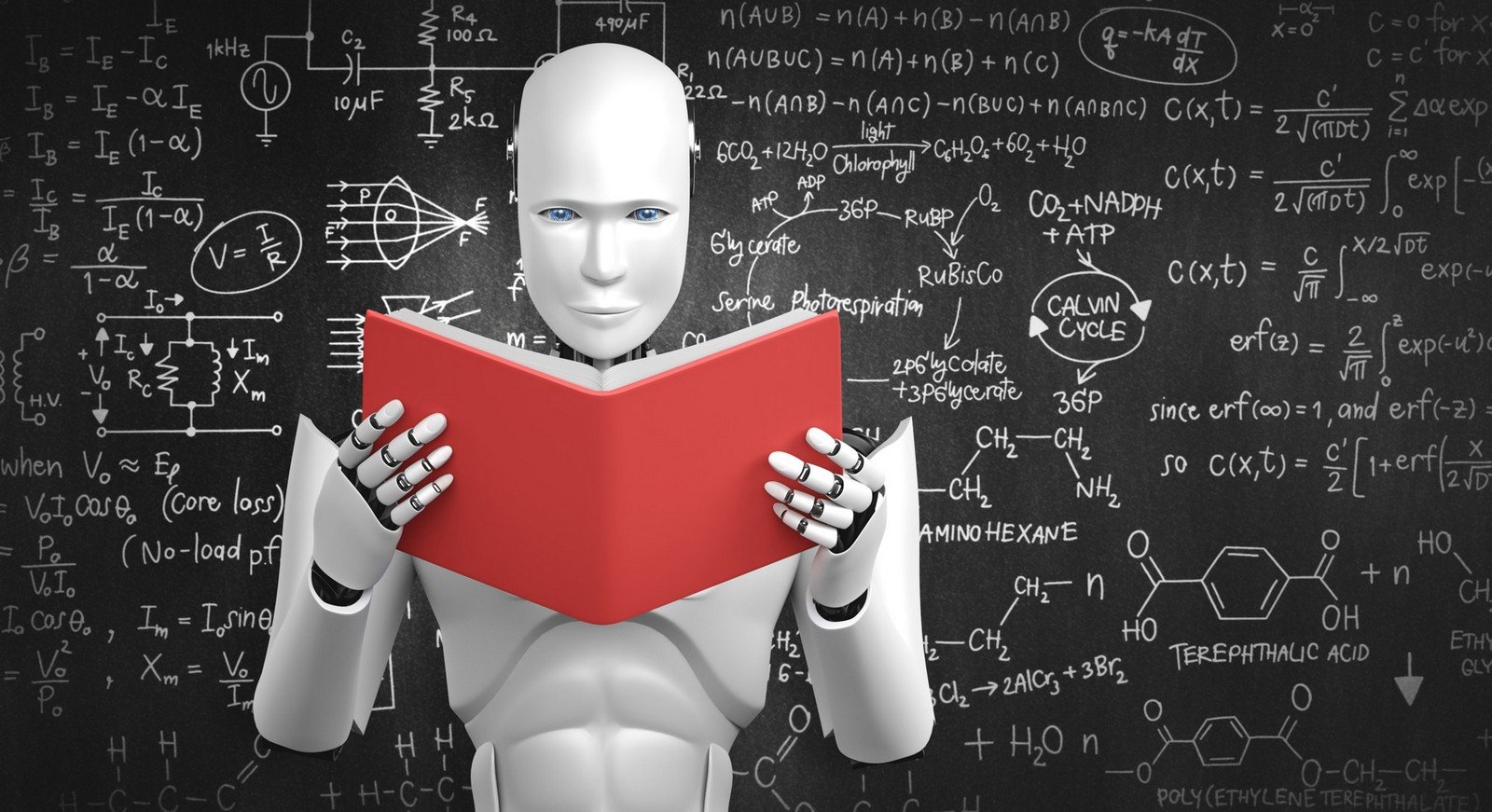Zero-shot Learning (ZSL)

Quick Navigation:
- Zero-shot Learning Definition
- Zero-shot Learning Explained Easy
- Zero-shot Learning Origin
- Zero-shot Learning Etymology
- Zero-shot Learning Usage Trends
- Zero-shot Learning Usage
- Zero-shot Learning Examples in Context
Zero-shot Learning Definition
Zero-shot learning (ZSL) is a machine learning approach that enables a model to recognize or classify instances it hasn't encountered during training. Unlike traditional models, which require labeled data for each class, ZSL leverages semantic relationships and attributes to generalize to new, unseen classes. The process typically involves associating text-based attributes (like descriptions or visual traits) with a model's learned features, allowing it to infer novel categories. This approach is particularly useful for tasks where labeling data is challenging or where new classes frequently emerge, such as recognizing new object types in image classification.
Zero-shot Learning Explained Easy
Imagine you teach a robot to recognize animals by showing it pictures of cats and dogs. Now, suppose you've never shown it a tiger, but you've described that it’s like a big cat with stripes. With zero-shot learning, the robot can use what it knows about cats and the idea of “stripes” to guess that the tiger is also an animal. So, it can understand something new without needing extra practice—just based on hints!
Zero-shot Learning Origin
Zero-shot learning emerged from the broader field of machine learning, driven by the challenge of training AI models to handle real-world scenarios where labeled data is often unavailable for every possible category. Early development in the 2010s focused on reducing dependence on labeled examples by leveraging knowledge transfer methods, such as using descriptive attributes to generalize across similar categories.
Zero-shot Learning Etymology
The term “zero-shot” combines “zero,” referring to the absence of prior exposure to specific data examples, and “shot,” implying an attempt or a trial. Together, it conveys the concept of achieving classification without prior direct experience.
Zero-shot Learning Usage Trends
Zero-shot learning has gained significant traction in various domains, particularly with the advent of large language models and visual recognition systems. With the proliferation of new classes and data types, this approach is invaluable in settings like image and text classification, translation, and conversational AI. In recent years, zero-shot learning has become more mainstream as the necessity for adaptable models in dynamic environments has grown, emphasizing its role in AI scalability.
Zero-shot Learning Usage
- Formal/Technical Tagging: Machine Learning, Classification, Knowledge Transfer, Generalization, Attribute Learning
- Typical Collocations: Zero-shot classification, zero-shot tasks, zero-shot approach, zero-shot models, zero-shot adaptation
Zero-shot Learning Examples in Context
- In image recognition, a zero-shot learning model can identify new animals by analyzing their described characteristics, even if it has never encountered those animals before.
- For language translation, zero-shot learning enables models to translate between language pairs that were not present in the training data by recognizing semantic relationships.
- Zero-shot learning is used in e-commerce for product categorization, where new items are automatically classified based on their descriptions rather than relying on historical data.
Zero-shot Learning FAQ
- What is zero-shot learning?
Zero-shot learning is a machine learning technique that enables models to identify classes they weren’t trained on by using descriptive information about those classes. - How does zero-shot learning work?
It works by mapping learned features to attributes or descriptions, enabling models to recognize unseen categories through semantic similarities. - Is zero-shot learning used in language models?
Yes, many language models use zero-shot learning to handle new language pairs or novel tasks without specific training data. - Can zero-shot learning be applied to image recognition?
Absolutely. It’s widely used in image recognition to classify objects or animals the model hasn’t directly seen. - What’s the difference between zero-shot and few-shot learning?
Zero-shot learning uses no labeled data for new classes, while few-shot learning uses a small amount to adapt to new classes. - Is zero-shot learning reliable?
Its reliability varies depending on task complexity and the quality of the semantic relationships used for generalization. - What are the advantages of zero-shot learning?
Zero-shot learning reduces dependency on labeled data, making models more scalable and adaptable to new situations. - How is zero-shot learning different from supervised learning?
Supervised learning requires labeled data for every class, while zero-shot learning generalizes without specific labels for new classes. - Does zero-shot learning need a large dataset?
Not necessarily for the unseen classes, but initial training on a diverse dataset helps the model learn useful attributes. - Which industries use zero-shot learning?
It’s used in e-commerce, healthcare, natural language processing, image recognition, and autonomous vehicles.
Zero-shot Learning Related Words
- Categories/Topics: Machine Learning, Artificial Intelligence, Natural Language Processing, Computer Vision
- Word Families: Few-shot learning, one-shot learning, unsupervised learning, knowledge transfer
Did you know?
Zero-shot learning became widely recognized with the launch of large language models like GPT, which demonstrated remarkable zero-shot capabilities, including accurately responding to questions and performing new tasks without task-specific training data. This milestone showed the versatility and potential of zero-shot learning in advancing AI applications across industries.
PicDictionary.com is an online dictionary in pictures. If you have questions or suggestions, please reach out to us on WhatsApp or Twitter.Authors | Arjun Vishnu | @ArjunAndVishnu

I am Vishnu. I like AI, Linux, Single Board Computers, and Cloud Computing. I create the web & video content, and I also write for popular websites.
My younger brother, Arjun handles image & video editing. Together, we run a YouTube Channel that's focused on reviewing gadgets and explaining technology.



Comments powered by CComment